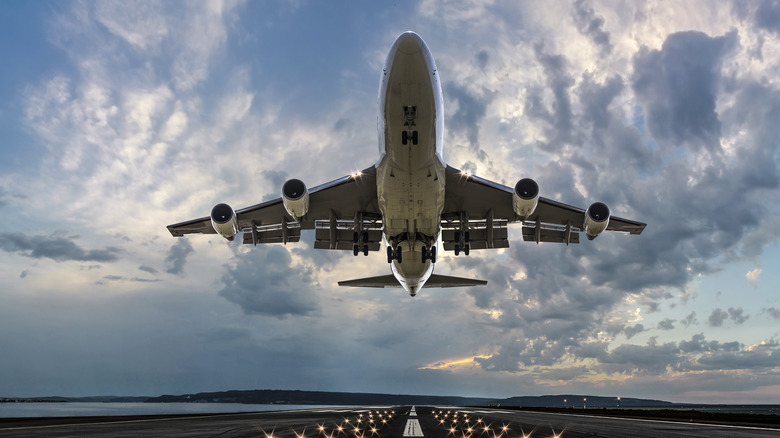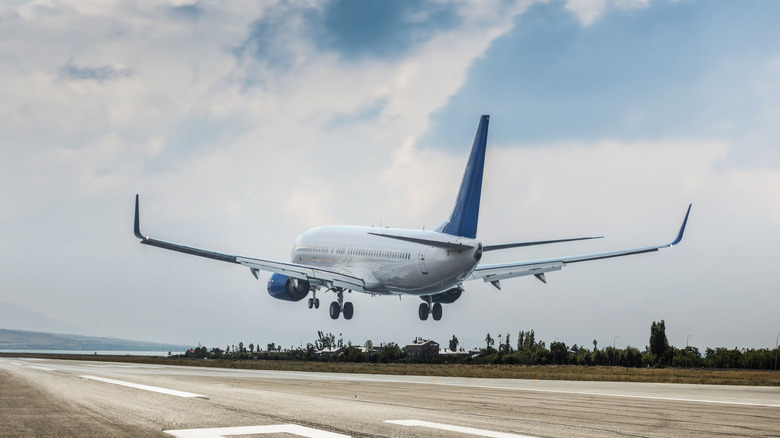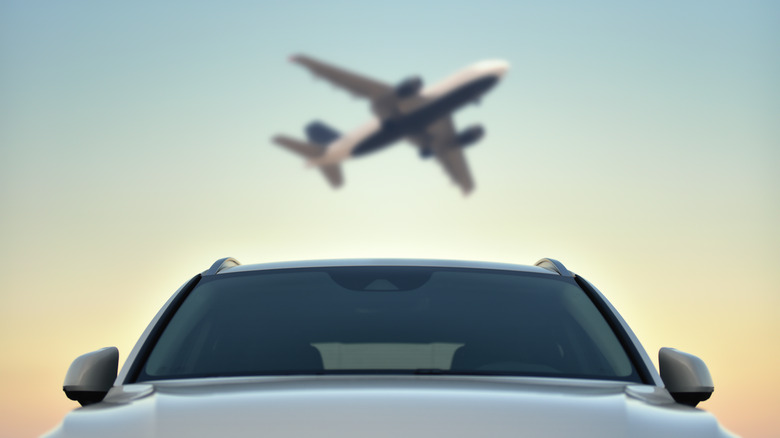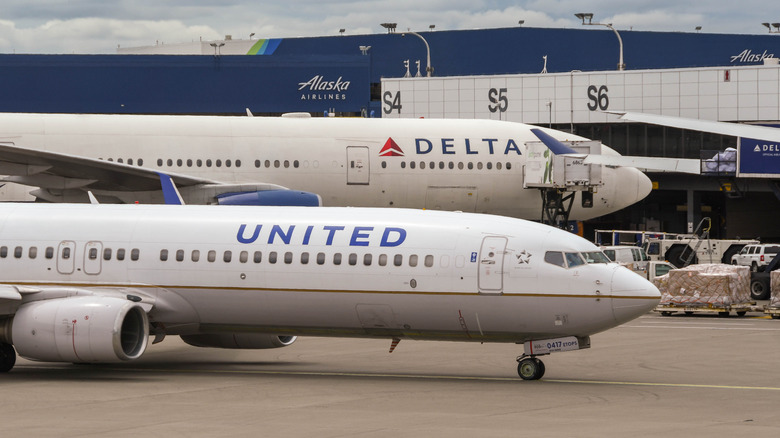
Guvendemir/Getty Images
Do you remember the last time you were excited board a plane? Most of us can’t … unless you’re an aviation enthusiast who can actually enjoy the entire experience as opposed to being a passenger viewing it as an ordeal. Annoyance of the ride aside, there are several other issues one needs to contend with while engaging in modern-day air travel. These range from indefinite delays and cancellations — to the possibility of ending up with lost or damaged luggage. For most of us, air travel is an unavoidable reality that we choose because it’s the fastest way to get from point A to point B in reasonable comfort. We do it because we have no better option.
Even if we disregard that, the prospect of flying at 700 mph tens of thousands of miles above the surface of the Earth is a major concern. It doesn’t help that a major aircraft maker was embroiled in controversy over several safety-focused issues of late. Airlines companies are struggling too. With these issues clouding everyone’s thoughts, we thought it worthwhile to ask an expert what he actually thought of the state of modern-day commercial air travel.
When we spoke with Capt. Richerd Levy — a veteran pilot who flew commercial for 41 years — he had a surprising take on the situation. Levy, in fact, believes that domestic airlines aren’t getting enough credit for what they do on a daily basis. He also outlined three facts about modern day air travel that we simply couldn’t refute.
99% of all airline flights operate safely without incident

Guvendemir/Getty Images
According to Levy, who is now a simulator instructor at a major U.S. airline and also runs his own aviation consulting firm — Aviation Expert Consulting — the reality is that an overwhelming majority of modern-day flights take-off at point A and land at point B without incident.
Consider this: An estimated 100,000 aircraft take to the skies globally every single day carrying millions of passengers, and on most days 100% of those passengers reach their destinations safely. In fact, data from the Federal Aviation Organization (FAA) indicates that in the U.S airspace alone handles more than 45,000 flights and 2.9 million passengers every single day.
That’s a staggering number. Barring occasional flight delays and reports about unruly passengers creating havoc on board, we almost never hear of major aviation incidents involving injuries or loss of life. Even if we may not hear about each and every air crash-related incident, such incidents are widely reported and often draw considerable media attention.
So, while it is easy for us to think of commercial aviation as an inherently dangerous form of transportation fraught with risks, it is statistically one of the safest forms of modern-day travel.
You are much safer in an aircraft than in a car

alexfan32/Shutterstock
A major point where Levy drew our attention was one incredible piece of data. Statistically speaking, an average air traveler is much safer inside a plane than inside a car. We looked at the numbers, and everything that Levy told us checked out. Data from the U.S. Bureau of Transportation Statistics indicates that there is a massive disparity between lives lost on roads and loss of life due to an aviation incident.
Between 2002 and 2020, a total of 755 passenger deaths were attributed to air travel among the U.S. domestic sector and carriers. In the same period, 498,016 deaths occurred on U.S. roads, which translates to a staggering 26,211 deaths every single year for a period of 18 years. For planes, the loss of 755 individuals translates to 0.01 deaths per 100 million miles traveled. This number is so low that, statistically speaking, air travel fatality rates are near zero. The same thing can also be said about injury rates reported during air travel compared to traveling in cars.
This disparity was also underlined by Jennifer Homendy, the chair of the National Transportation Safety Board, who recently tweeted that every single air travel-related story is sensationalized even though an average of 118 deaths are reported on U.S. roads on a daily basis.
118 people will die on our roads today. Where is the outrage?
I’ve seen a lot of sensationalism around aviation lately. The fact is our aviation system is the safest in the world and all of us – investigators, regulators, airlines, employees, and manufacturers – are working to… pic.twitter.com/9P9IE7P9a4
— Jennifer Homendy (@JenniferHomendy) March 19, 2024
Incredible as it may sound, it’s not just road travel that modern-day air travel manages to comprehensively beat. Air travel is also safer than other forms of transportation — including rail.
Competition has improved the lives of the average air traveler

Ceri Breeze/Shutterstock
Thanks to the sheer number of airline companies out there, the modern-day air traveler is spoiled for choice. This resulted in a situation wherein airline companies have no option but to improve services on their end to ensure repeat customers. Falling short of expectations could quite possibly end up being a win for the competition. According to Levy, this level of intense competition has led to an improvement in service quality across the board.
According to him, there has been a marked improvement in various facets of modern-day air travel. These include improved in-flight service, strict adherence to schedules as much as possible, and improved baggage handling. Captain Levy also believes that most airline companies are able to satisfy these basic passenger expectations from the average air traveler.
So, while you may still be unhappy about that delayed flight on which you also lost an important piece of luggage, an increasing number of passengers experience a better level of service overall today than in the past — all thanks to intense competition.